Run With and Like The Kenyans
Running With the Kenyans
Learn How to run, train, and eat like the marathoners
Most Meaningful Experience: Understanding the regiment of the best runners
Most Meaningful: Visiting the home of a Kenyan runner at 6 am before a run to see that he slept on a wooden mattress and had only had two pairs of shorts, three tank tops and two pairs of running shoes.
Situated at an elevation of 2,400 meters, Iten is a small highland town in Kenya that’s been nicknamed “The Spiritual Home of Running”. Despite its dirt roads and scattering of shops and hotels, it’s famed as the training center for Kenya’s middle and long-distance runners, with a magnificent backdrop of rolling hills along the eastern side of the Rift Valley.
Running has become a big part of my life and I was interested to learn more about how the great Kenyan runners trained. Two guys I’d met volunteering, Toby and Kevin, who were also runners suggested I go and stay at the Lornah High Altitude Training Centre in Iten. I figured it would not only satisfy my curiosity about Kenyan running but also serve as training for my Kilimanjaro hike.
The Lornah facility was really nice, with a swimming pool, weight rooms and small apartments that cost around $30 a day. While that was a lot for most Kenyans, there were other travelers from places like Canada and Spain who were training for marathons and ultra-trail marathons.
The Kenyan runners were staying outside the facility but we’d meet up at 6 am and 6 pm each day to run together and do hour-long ab workouts in the gym. Despite being quite poor, most had sponsorship deals with athletic shoe companies, so they wore nice shoes and clothes.
I thought I’d share my insights about how to run like a Kenyan based on my experiences at Lornah and encounters with local runners. They like to talk and share their knowledge, as well as train with other people, no matter what level you’re at.
How To Run
A guy who was training for the 200-meter qualifiers for the Kenyan national team gave me some key tips on how they run. It’s important to run with your hips, not your knees. Your legs should arc in a large circle – think about making an arc with your knee out. Then strike the middle of your foot to the ball of your foot – you don’t ever want the heel of your foot to strike first. You should feel as though you’re bounding like a deer!
Posture’s also really important. If you’re completely erect (or even positioned as though you’re falling back a little bit), it takes the weight off your legs and allows them to do their work. If you lean forward (like they often tell you in the West), you’re actually putting weight on your legs and won’t be able to lift up your knees, making it much harder to run. At the same time, your arms should glide through the air and reach out a bit. The Kenyans don’t pump their arms – they use them to balance and keep their posture in line.
How To Train
At Lornah, they train twice a day at 6 in the morning and 6 at night, rotating sprint workouts, medium distance and long distance training. There didn’t seem to be any special formula, it just depended on each runner. Ab workouts were also a key component for everyone.
Because Iten is surrounded by rolling hills, we’d be constantly running up and down slopes. The Kenyan runners encouraged us to always push to keep a constant pace while going up the hills, just as you would on the flat. Trying not to change your stride was key. Remember that the hills won’t last forever, so if you can keep your stride and pace, then you can cut through them.
This was quite hard, particularly due to the altitude. They say it takes about four days to get acclimatized to the altitude of Iten before your body normalizes. So the first four days were pretty difficult for me.
What To Eat
While there are loads of crazy energy drinks in the West, the Kenyan runners drink only water. Their diet consisted of light fish, vegetables and yams, as well as rice and plantain for carbohydrates. It’s important to avoid too much sugar, as your endurance levels are more sustainable without sugar spikes. For long runs, they try to eat 100-150 calories per hour while running. This helps to maintain energy levels over 3-4 hour periods.
I discovered that the Kenyans have a unique way of training and running. But these are things that we can all apply if we want to get better. It just requires a dedicated routine (running twice a day), a basic diet and paying attention to your running form, which is something that I’m constantly aware of now.
Aside from Lornah, there are a number of other running facilities in Kenya (including expensive camps). They cater to all types of runners and you can take it as slow as you need while adjusting to the altitude and conditions.
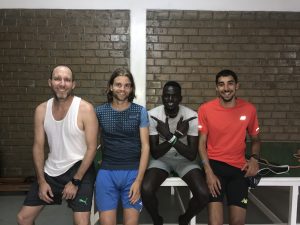
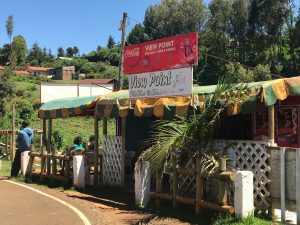
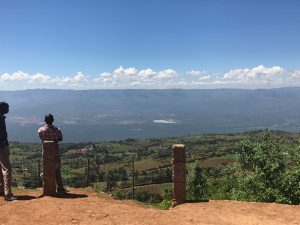
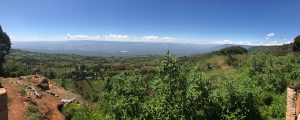
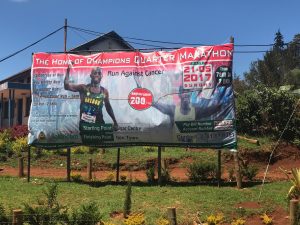
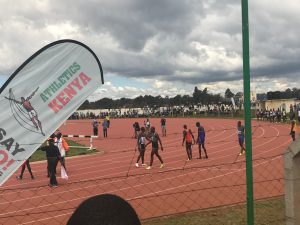
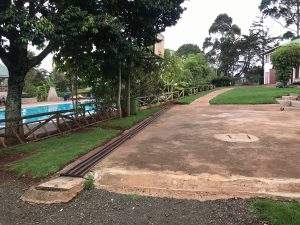
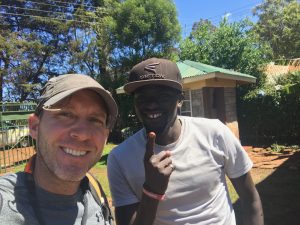
The ab workout.
